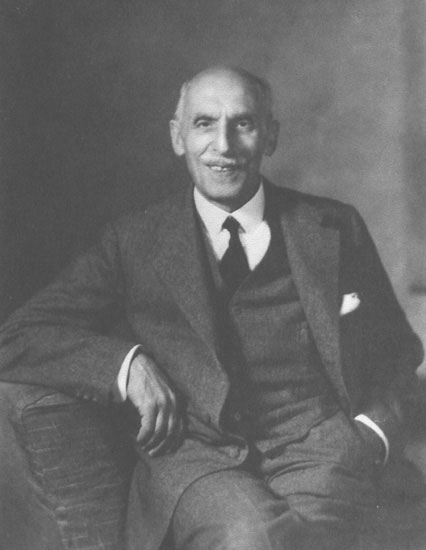 |
Memories of Mr F.E. Whittall, by David Whittall of San Francisco, grandson of F.E. Whittall
Grandpa was considered to be among the ten best shots in Britain, and on occasion had been invited by King George V to Sandringham... One day we went out to the property of Rev. John Corbould Warren, his brother-in-law, at Caistor, to shoot pheasants. There were about four shooters, perhaps eight men to drive the birds. Grandpa used three guns with two men behind him, loading.
Grandpa once told me of his involvement in the creation of the Turkish Petroleum Company in 1912. He told me that at one point J.W. Whittall & Co had an option of 50% of the shares, but he and his brothers decided that the investment was beyond their means. In the end 5% went to an associate, Calouste Gulbenkian, “Mr 5%”. I asked him if he regretted his decision and he said “No. We would have had an income equivalent to that of Holland and Belgium combined, and I don’t know what we would have done with it.” Other tales involved sailing (he used to have a large yacht) and wintering at the King David Hotel, before it was blown up by terrorists. Strangely enough, he didn’t have a car but always hired a taxi.
David Whittall
October 2007
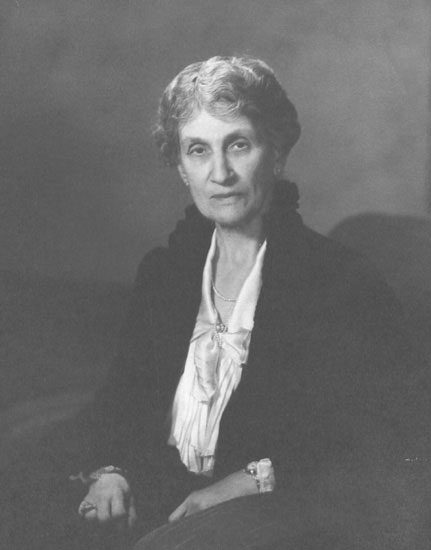 |
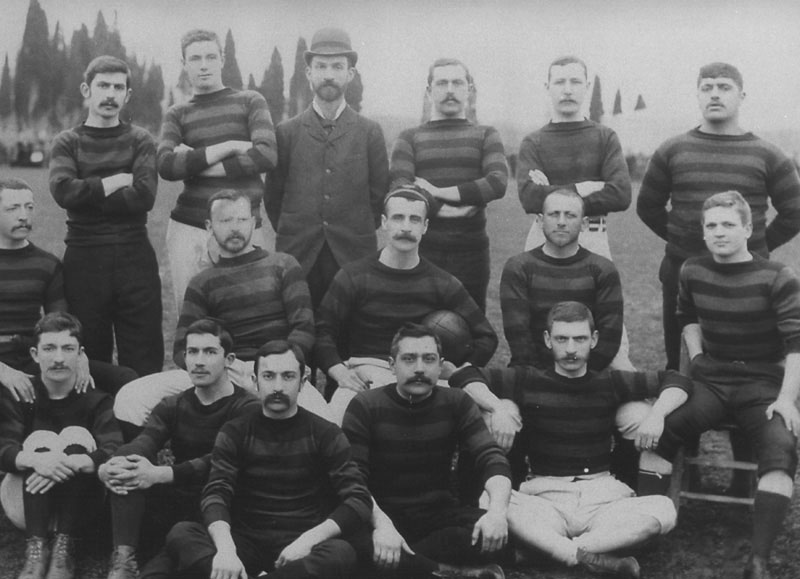 |
Frank Joly is probably Francis Octavius John Joly, (1864-1930 Naples) son of Stephen Joly and Sophia Borell, both also of Smyrna. Charles Joly appears to be his brother, Ernest Thomas Charles Joly (1859 Smyrna-1932 Beirut). According to information received from Yvonne Joly, a family relation in 2008: Ernest Thomas Charles Joly left Smyrna, first for Cyprus and then for Beirut. There around the end of the 19th century he took over a shipping company, Henry Heald & Co. which is still owned and run by his descendants to-day.
Harold Frederick Giraud (1872-1963), of the Oriental Carpets Ltd, married Marie Fidao, was the son of Frederic Jacques Giraud and Mary Whittall.
Edward Whittall maybe Edward Walter Whittall, (1864-1923), son of Charlton Whittall and Helen La Fontaine.
Fred Wilkinson is definitely Frederick Edgar Wilkinson, later British Consul-General in Mukden, Manchuria, son of Richard Wilkinson and Jane Whittall. Jim Wilkinson could be James, the older brother of Fred.
Frank Whittall could be Charlton Francis Whittall (1864-1942), son of James Whittall of the Big House, Bournabat and Magdalene Blanche Giraud, who married Ethel Maud Barker of Smyrna.
This photo probably represents the first few years of “Bournabat Football and Rugby Club” established according to a web site, in 1894, and amongst the founders listed, there is a level of matching seen here (matching names: James La Fontaine, Edwin Whithall, Frank Whithall / not visible here (unless a ?): Arthur Whithall, Edwin Giraud, Henry Joly, Richard La Fontaine).
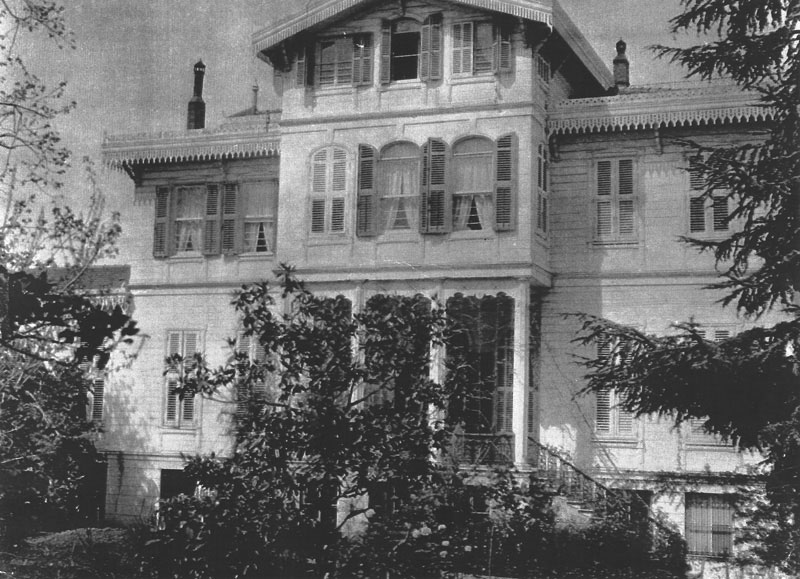 |
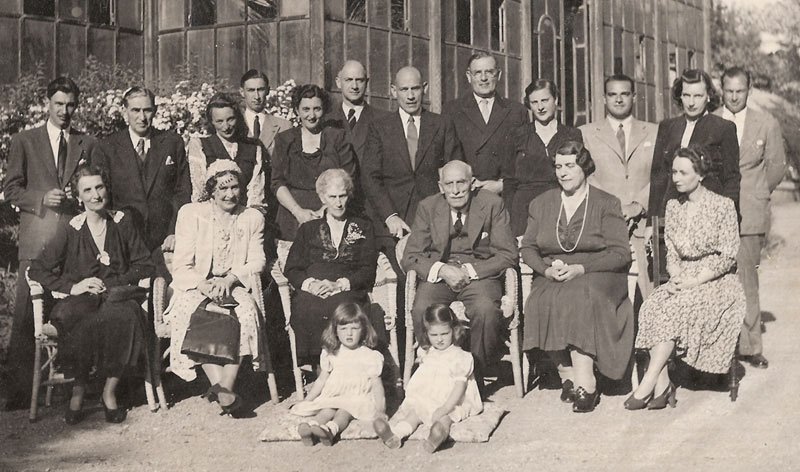 |
The little girl on the front on the right is me, Betty Whittall, later McKernan. The photo was the 60th wedding anniversary (married 1887, photo is from 28 April 1947, Istanbul) of her great-grandparents, Frederick Edwin and Adelaide (known in the family as Lily, nee La Fontaine) Whittall and it shows a number of their children, their wives, their children’s children and wives, and Pat Binns and Betty Whittall, who were the great-grand-daughters.
The giant greenhouse in the background was just that - some beautiful plants were planted in there. I also remember it being desperately hot and humid. The picture was taken in the garden of my great grandfather’s house (Frederick Edwin Whittall) in Moda, Asian side of Istanbul. Unfortunately the beautiful wooden house was eventually bulldozed and now there are flats built there. The house was basically opposite the tennis club, if you ever go there and it faced the sea. The property ran from the main road into Moda from Kadikoy and right down to the sea. There used to be two lodges at the top and on either side of some enormous green metal gates. Between these lodges were wonderful marble steps leading down to a large open area with lots of plants grown in circles within circles, then that lead to a path down to the main house. On each side of this path was the vegetable garden and the rose garden! There was then another large gravelled space before the house which had really tall pine trees from which pine nuts came down and there was seating there which was regularly used. In fact, I remember as a very young child climbing onto my great grandfather’s knee and asking him if I could sniff his beard, because his goatee smelled of bay rum and it was wonderful! In fact, in the photo Grandpa Edwin as he was known to me, did not have a goatee - that only appeared after Granny Lily had died! And strangely, my grandfather, James Frederick, grew a goatee after Granny Mary died! The women were strong characters and did not like bearded men, apparently.
At the time of writing (September 2010), the last time I visited Moda was in October 2008 when I was there with my sister (Jennifer Storm), our husbands (Paul McKernan and Richard Storm) and one of their twin daughters (Stephanie).
We took the tram from Kadiköy to Mühürdar where we alighted and walked towards Moda. After a while this road bends to the left and a road goes off to the right. At the junction of the main road and the road going off to the right was the entrance to the property owned by my great grandfather, Frederick Edwin Whittall. The property extended from that junction right down to the sea. My memories of the property could easily be wrong as Grandpa Edwin died in 1953, and I was aged just 8½ at the time.
The entrance to the property was through very large iron doors, painted green. They must have been about 4 – 5 metres high and 2½ - 3 metres wide. On the inside of the property and to each side of these doors were two stone buildings. The one on the left of the gates was originally the stables and coach house and had been converted into very adequate and comfortable living accommodation and the one on the right was occupied by Herakli and his family. Herakli was Greek and looked after the maintenance of the property.
Once inside the green gates, across a little bit of gravel, there was a beautiful marble staircase leading to the lower level of the garden. On each side of the stairs was a curved slope of a fairly steep gradient (I assume for carriages). The lower level of the garden was a large, square area, the centre of which had two or three concentric circles planted with a variety of enormous phormiums. The perimeter of this area had lots of trees and shaded areas. There was also a rather more recently constructed “garage” on one side of which was a magnificent magnolia tree. Directly across from the magnolia, over the concentric circles and beside the wall separating the property from its neighbours, was a large medlar tree (muşmula). My Mother dreaded my sister and me eating the fruit – invariably we got stomach upsets!
Opposite the marble stairs and on the other side of the concentric circles was a path way which led down to the house. On the left of the pathway, and behind a hedge over which one could see, even as a small child, was the vegetable garden and on the right, again, behind a low hedge, was the rose garden. There may have been other decorative plants there as well, but I was oblivious to them at the time.
The end of that path was marked by a huge tree, I believe a variety of pine, under which was seating. I have a vague recollection of me as a very young child approaching my great grandfather and asking him if I might sniff his beard: he used bay rum on it which had a most attractive fragrance!
I cannot remember what was to the left of that seating area under the tree, but to the right was a low lying glass house where all the cuttings were taken and plants for the garden propagated. In its vicinity was a pine tree, the black nuts of which would be bashed between two stones by us children and the kernels devoured. One young cousin was remembered by my Mother describing the process as “Tak, tak” (the sound of the bashing) “mum mum” (the sound of munching). Beside that was a very large greenhouse where the exotic plants were kept. This was a much taller building and I seem to recall had green and decorative glass panes.
Just beyond the seating area, heading towards to sea, was the house. Pictures of this white painted wooden house are scarce now, but a few photos survive. It was enormous, and I have heard it said that it had 33 rooms. To enter, one went up one of two marble staircases on each side of a marbled area which lead to the front door. The hall, which ran the length of the house, doubled up as the sitting room, with wonderful tapestries, elegant furniture and a grand piano. The draught from the entrance door was stopped by a four panel screen.
On the left of the entrance was Grandpa Edwin’s study, with leather furniture and wood panelled walls. I remember it had a very distinctive smell – leather, bay rum and possibly pipe tobacco, although I cannot be sure of this last item. Next to that, still on the left, was a door to a corridor: this lead down to the kitchens, laundry and servants’ quarters and also upstairs to the bedrooms. Beyond that and running the length of the remainder of the hall, still on the left was the dining room which had an enormous table, which would seat a vast number of people (I cannot guarantee it, but at least 24). On the walls hung all the portraits of the ancestors. The window overlooked another marbled area, rather like the front of the house and from there one could see the sea at the end of the garden.
Opposite the dining room, was what was known as the “Turkish sitting room”, which had a “mangal” in the centre and the furnishings were thick cushions. Next door to that was a smaller room, in which I believe suitors to Grandpa Edwin’s daughters asked him for their hands! And beyond that, and now opposite Grandpa Edwin’s study, was the billiard room with a glorious green baize billiard table in the middle.
I am unable to describe the floor above at the time that my great grandparents were alive, but I do remember it as having the same layout as downstairs, although the rooms were smaller and more numerous. Whilst there was a large bathroom on the mezzanine level at the end of the corridor mentioned on the ground floor, I do not know how many there were upstairs. I know they existed as after Grandpa Edwin’s death, his daughter, Edythe, and her family, who lived in Alexandria at the time, stayed up there during the summer months while my parents, my sister and I stayed on the ground floor!
Continuing the description of the garden, facing the entrance to the house, on the right was the green glass panelled hothouse and just beyond that was a gate that lead to an underground passage that lead down to the sea. I cannot remember what the lower level of the garden was like, other than when one emerged from the tunnel and walked down a few metres, there was a magnificent green fig tree which produced copious amounts of fruit. This tree was so tall that it rose to the marble balustrade at the end of the top level of the garden. The other side of the marble balustrade was a sheer drop down to the lower garden. It was wide enough to stand on, and my sister and I would regularly give our Mother heart failure as we climbed onto it to get the figs!
Closer to the house and opposite the gate to the lower garden was a sunken bit of the garden which had flag stones and a pergola. Wisteria would grow on this and it was heavenly to sit underneath it on a warm summer’s day, with the sweet scent filling the air.
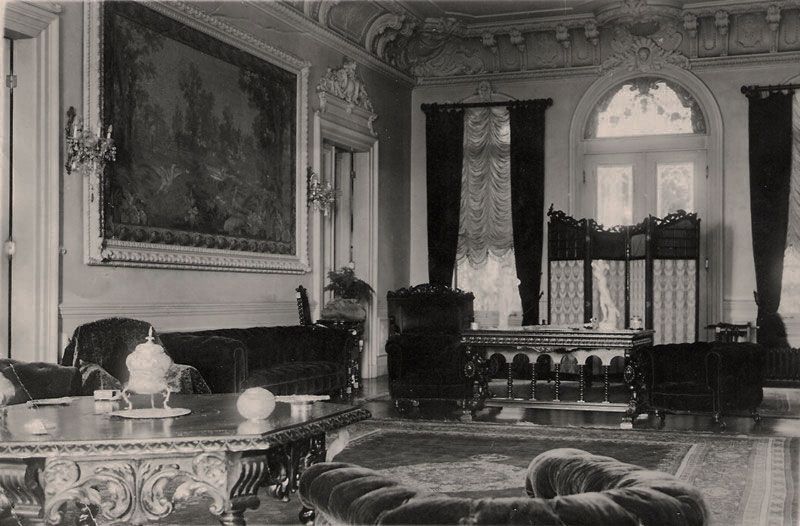 |
Description of the house by David Whittall and Betty McKernan:
Grandpa’s office was to the left of the front door, was quite small and dominated by a portrait of his son, Roland, who was killed at Gallipoli. It must have been poignant for him, having tried so hard to achieve peace between his own country and the Ottoman Empire, to lose a child in this way. Two other sons fought on the Salonika front against Bulgaria. The room had dark brown panelled walls and dark brown leather furniture and contained a tiny model of a house with beautiful furniture that had been hand made by some “white” Russians as a thank you when he had helped them. Among his prized possessions were a collection of Turkish pocket watches, and a rifle made for him “by Colonel Holland (of Holland & Holland, the London gunsmiths), who was under an obligation to me.” It was a .762mm Mannlicher action weapon, and with my assistance (because his eyesight was poor and he needed a spotter) he used it to kill seagulls on the wing from the terrace. On another occasion we went to his place at Alemdagh, inland, to shoot snipe and hoopoes.
Opposite Grandpa’s office was the billiard room which contained a full length green baize covered billiard table. The front entrance was between Grandpa’s study and the billiard room and was shielded by a screen - presumably to keep out the cold air!
The hallway was furnished with beautiful sofas, arm chairs and occasional tables, rugs and a grand piano.
1- Uncle Edwin’s mission to the Turks occurred as they were just about to join the Germans. Prior to that the German ships - the Goeben (later Yavuz) and the Breslau anchored off the family gardens, and I well remember the Breslau, high in the water and with 4 funnels, and the Goeben, long, and squat, and low and menacing in appearance. Their arrival in Turkey was the signal for all of us to leave Turkey on board the “Malatian”, a British semi cargo ship, on which your Uncle Kenny (F.E.W’s youngest son) was very sick. We landed at Holyhead after a couple of weeks on board. Uncle Edwin had (much later) acquired a case full of correspondence of the Turkish Foreign Office in a variety of languages. These he stored in London to be, alas, destroyed in the Blitz. He also was the first man to shoot a variety of wild sheep in Asia Minor. Sadly he and Aunt Lily were very retiring but she was never well after producing such a numerous family. I wish I had cultivated him more. Of the children mother always said that Roland resembled him most.
2- The book whose name I gave gives an account of Uncle Edwin in the 1st World War mentioning him at Dedeagatch - “Churchill And The Secret Service, David Stafford” - segment:
3- More on the life and achievements of Frederick Edwin Whittall in this family published book:
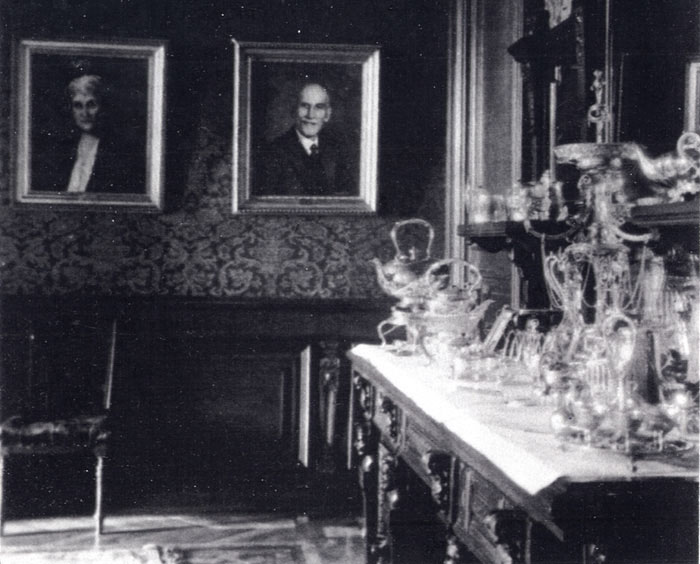 |
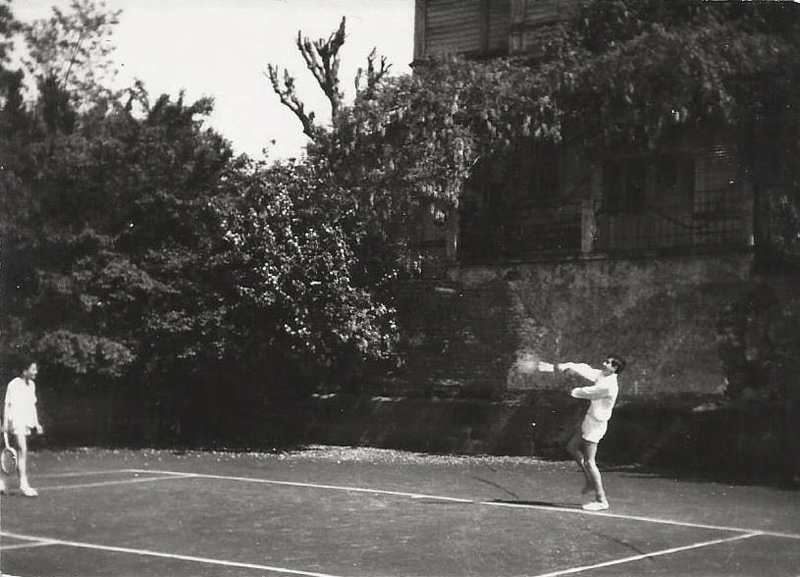 |
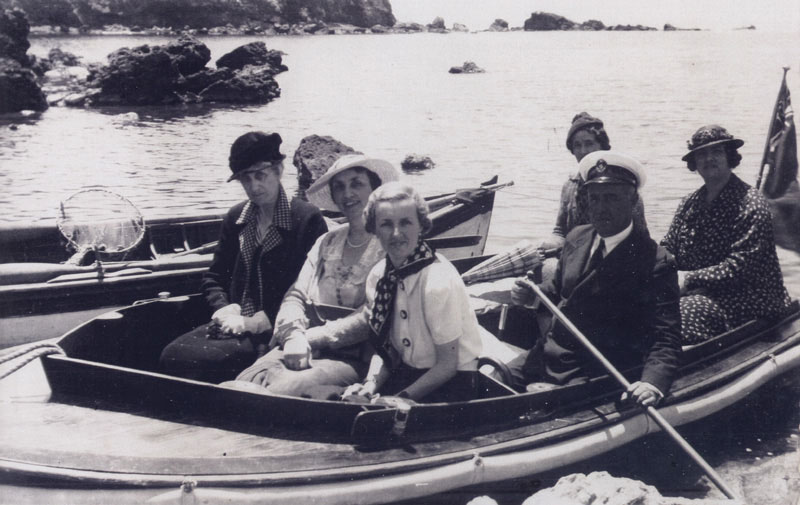 |
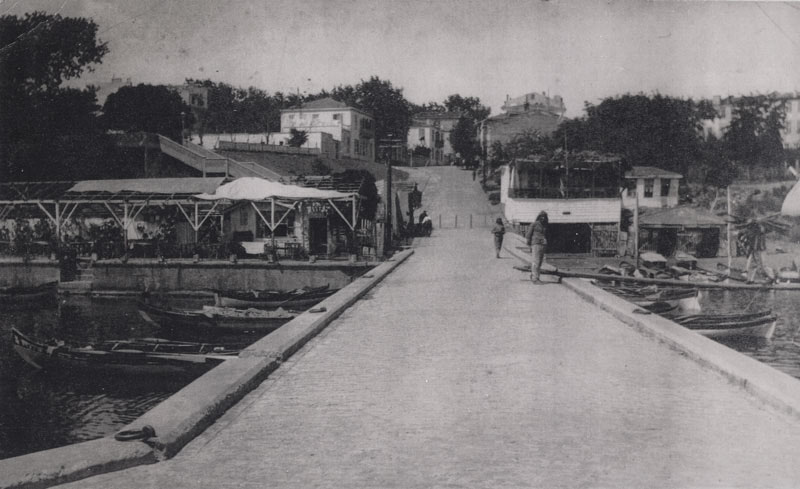 |
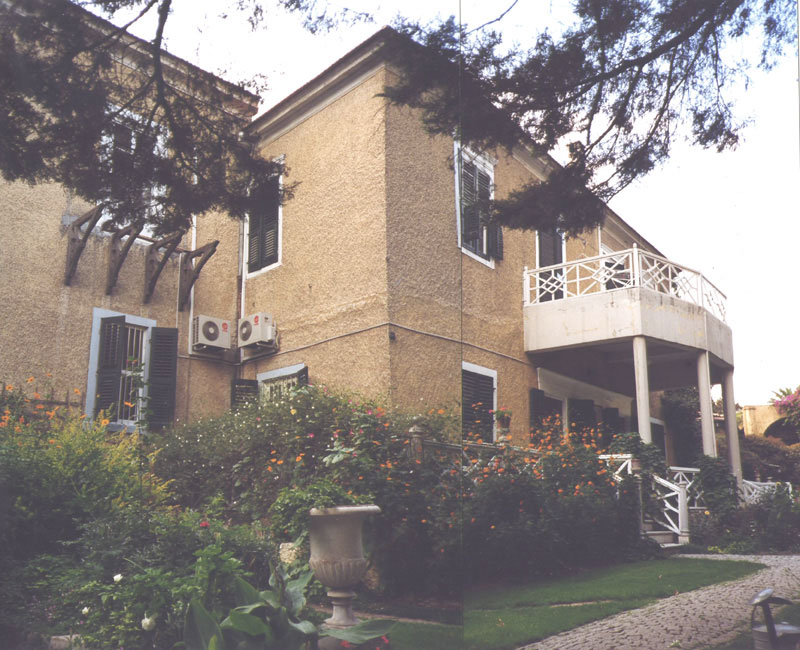 |
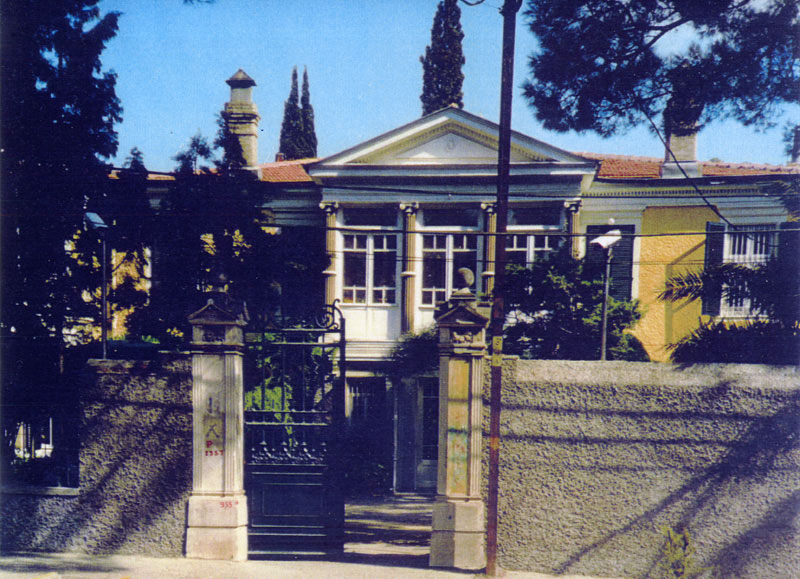 |
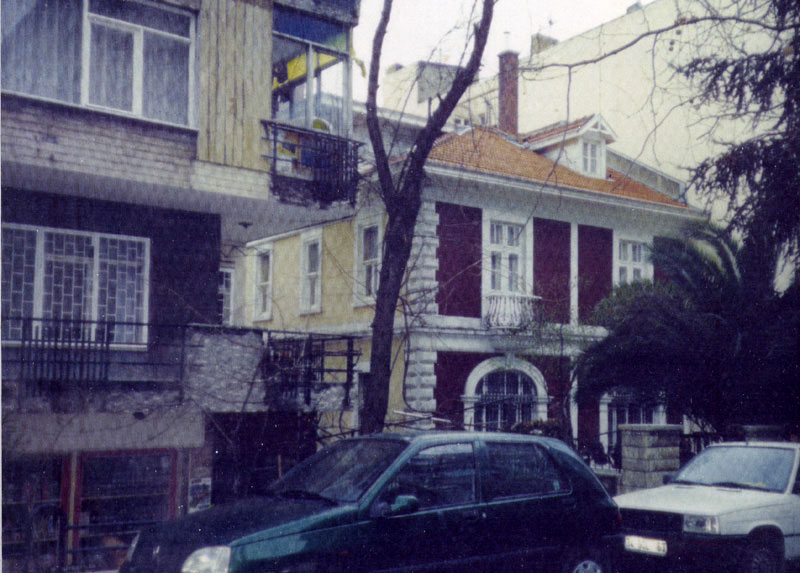 |
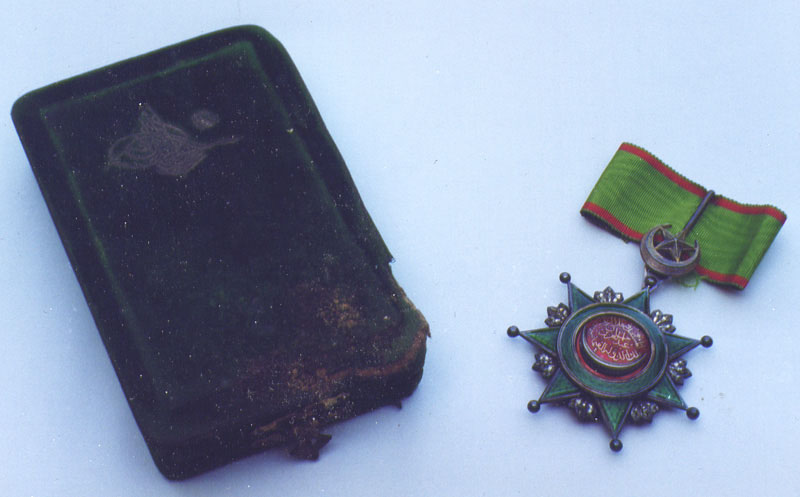 |
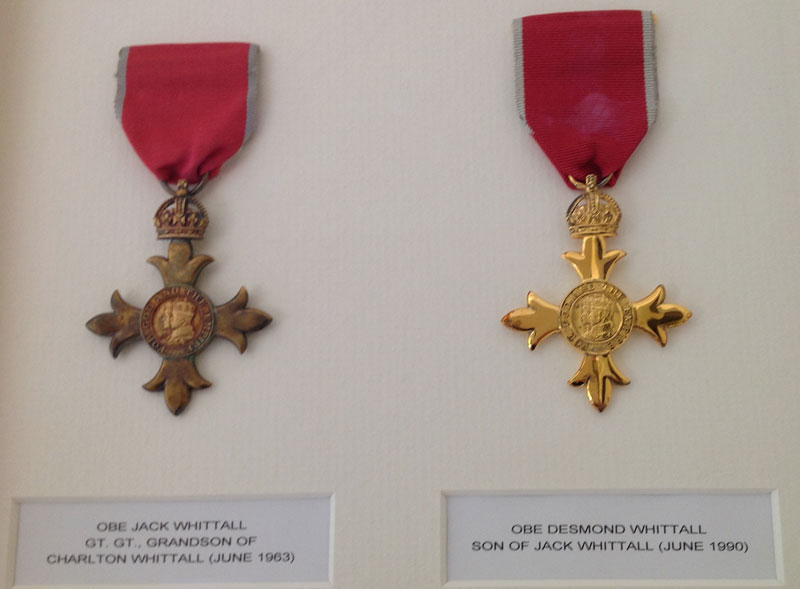 |
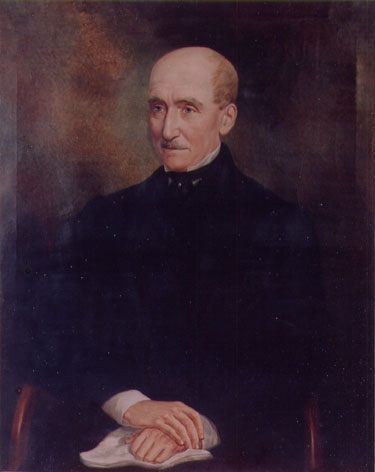 |
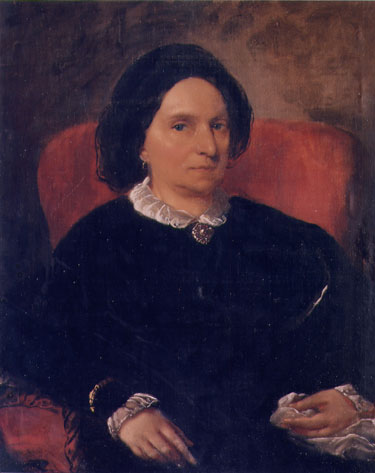 |
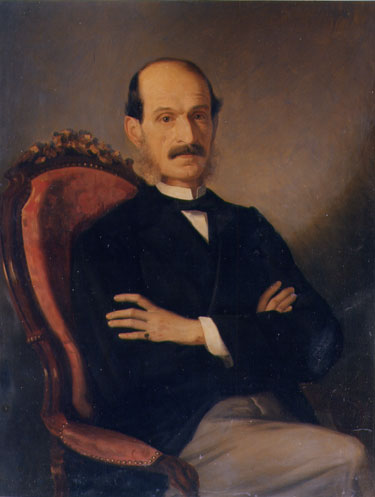 |
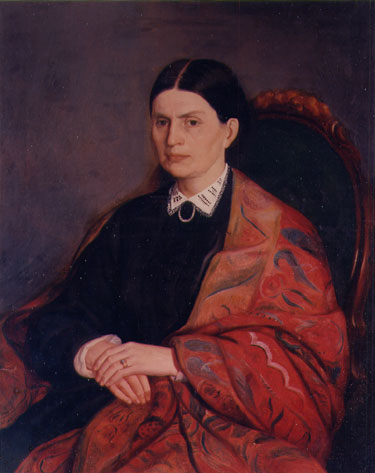 |
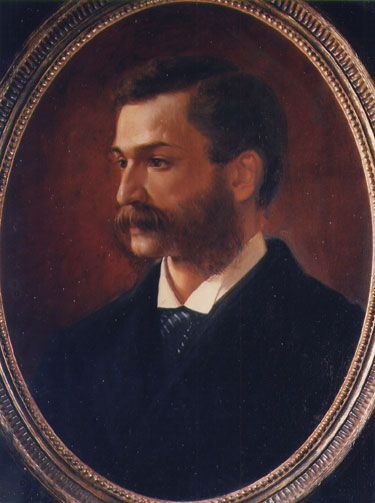 |
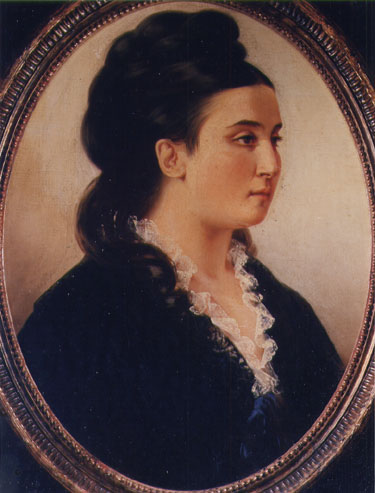 |
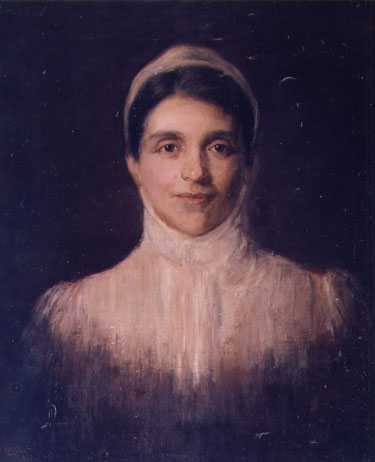 |
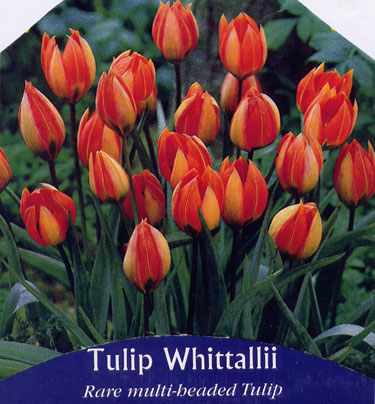 |
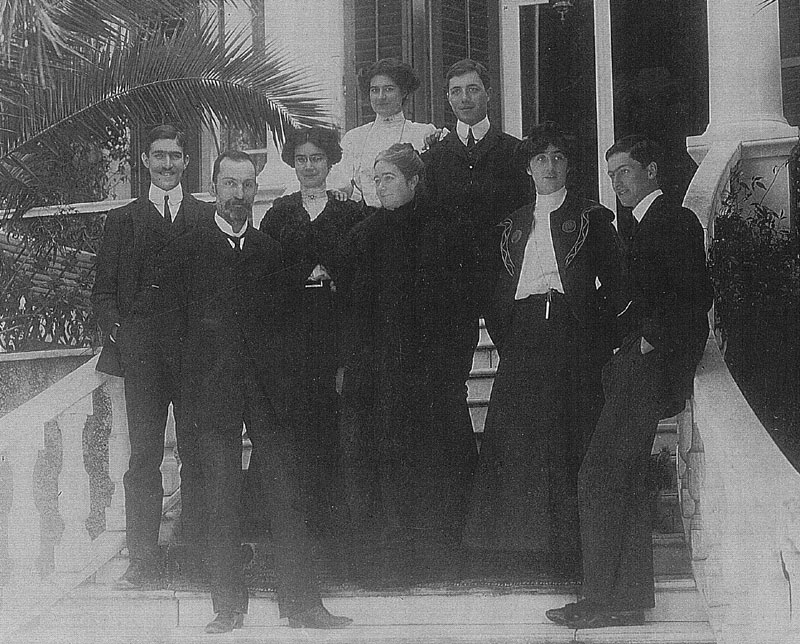 |
All the Children of Herbert O. Whittall are in this shot, on the steps of the big house in Bornova (taken around 1910?) and 5 have living descendants, one of whom is the photo contributor Philippe Vincent, whose great-grandmother is Kathleen (b. 1881, d. 1960 London) married to Frederick George Keun (esparto - a type of grass - merchant, b. 1880 Smyrna, d. 1941 Tunis). Their eldest daughter, Norah Louise Keun married Norman Charlton Giraud, and their daughter Elizabeth Anne Giraud is the mother of Philip Vincent.
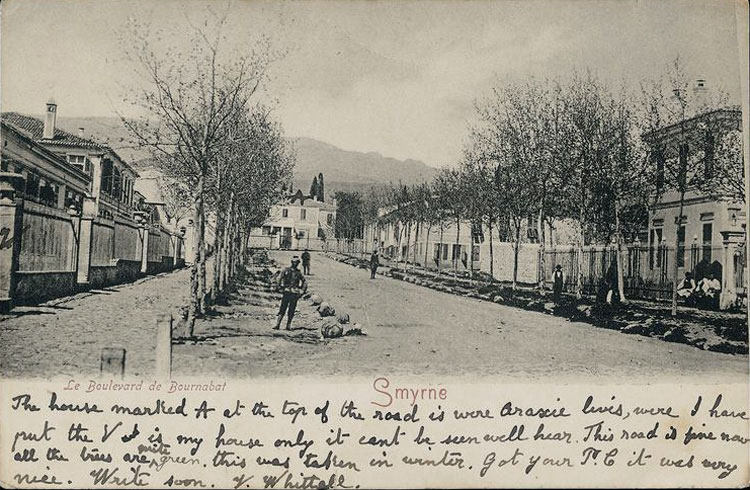 |
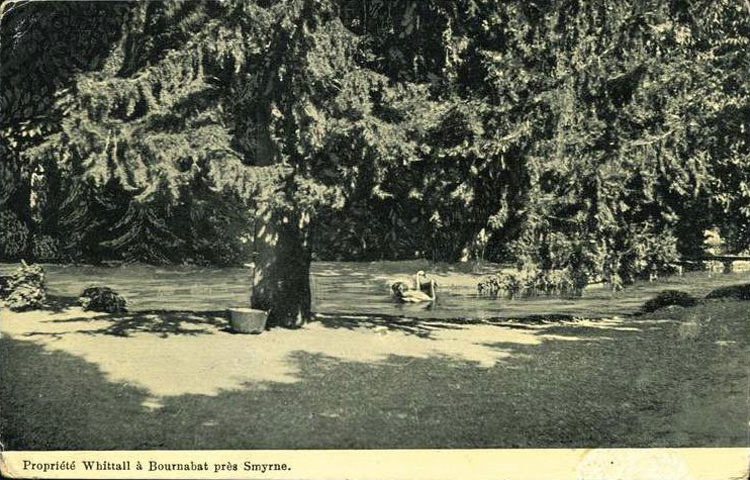 |
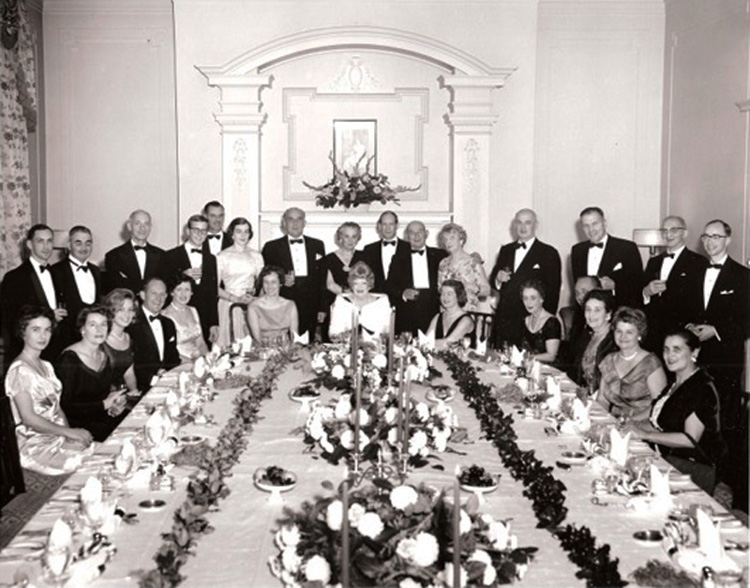 |
Starting on the left, standing, Patrick Whittall (Victor’s son), Alec Landale (married to Phyllis Gardner Landale), H. Victor Whittall, guest, guest, Joyce Turland Whittall (married to Tom [H.V Whittall Jnr] Whittall), Norman Whittall, Hilda Chesterton, Bill (William) Whittall, Robert Fillberg, Mrs. Margaret Van Roggen, Edward Whittall, Christian Noblet, Osmond Whittall, Tom Whittall.
Seated, starting at left, Diana Chesterton Whittall (mother of Christine Kleer), Phyllis Gardner Landale, Jennifer Whittall, Richard (Dick) Whittall, Diana Whittall, Lynn Whittall, Glen Whittall, Mary Fillberg Whittall, Mary Malins Whittall, Judd Whittall, guest, guest, Dorothy Whittall.